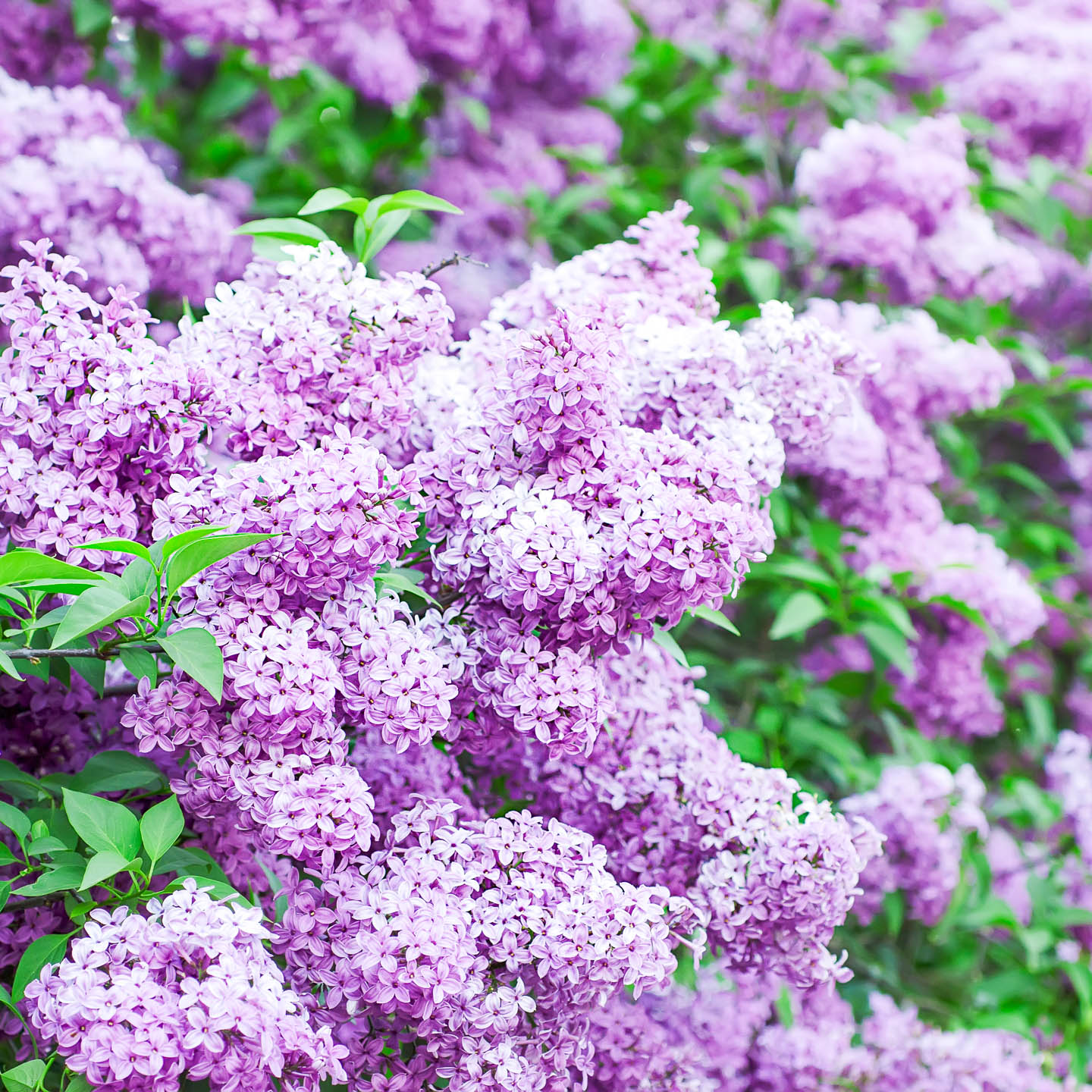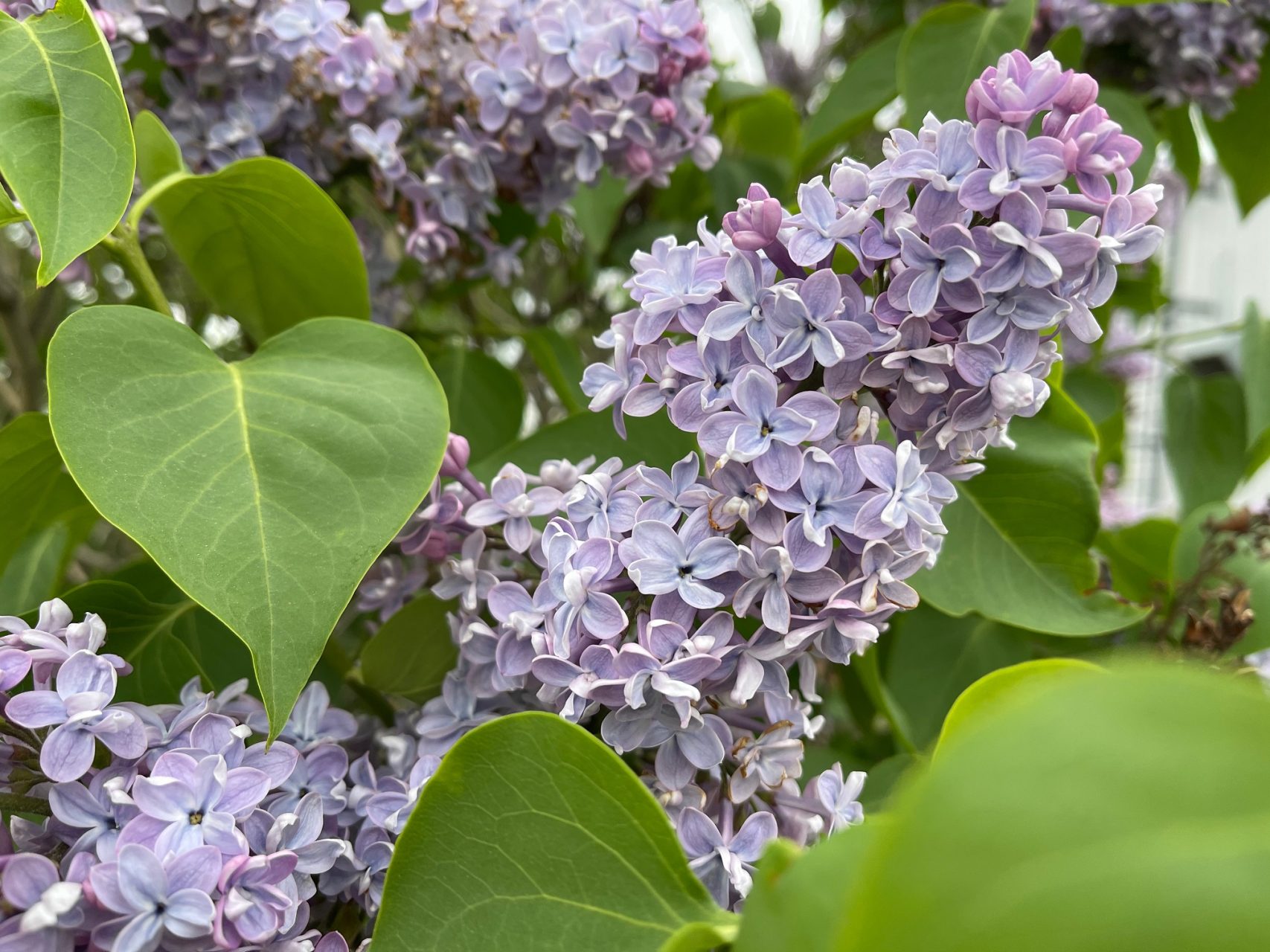Choosing the Right Lilac Variety for Your Garden
With over 20 species and countless hybrids, selecting the perfect lilac for your garden can be a daunting task. However, by understanding the different types of lilacs, you can make an informed decision that suits your climate, soil, and space. Common lilacs (Syringa vulgaris) are the most popular variety, known for their stunning purple flowers and ability to thrive in a range of conditions. French lilacs (Syringa x persica) are another popular option, offering a more compact growth habit and delicate, pink flowers. For smaller gardens, dwarf lilacs (Syringa ‘Palibin’ or Syringa ‘Bloomerang’) are an excellent choice, providing a compact, shrub-like growth habit and vibrant flowers. When learning how to grow a lilac, it’s essential to consider factors such as bloom color, growth habit, and hardiness zone. By choosing the right lilac for your garden, you’ll be well on your way to growing a thriving and beautiful lilac that provides beauty and fragrance for years to come.
Preparing the Soil for Lilac Planting
Before planting a lilac, it’s essential to prepare the soil to ensure optimal growth and health. Lilacs thrive in well-draining soil with a pH between 6.0 and 7.0. To test the pH level of your soil, use a soil testing kit or send a sample to a laboratory for analysis. If the pH level is too high or too low, add lime or sulfur accordingly to adjust the pH. Additionally, lilacs benefit from the addition of organic matter, such as compost or well-rotted manure, which improves soil structure and fertility. Remove any weeds and debris from the planting area to prevent competition for water and nutrients. When learning how to grow a lilac, proper soil preparation is crucial for establishing a strong and healthy root system. By taking the time to prepare the soil, you’ll be rewarded with a thriving lilac that blooms beautifully and fragrantly.
Planting Lilacs: A Step-by-Step Guide
When learning how to grow a lilac, proper planting is crucial for establishing a strong and healthy root system. To plant a lilac, start by digging a hole that is twice as wide and just as deep as the root ball of the lilac. If the soil is poorly draining, consider raising the planting bed by 2-3 inches to improve drainage. Gently remove the lilac from its container, taking care not to disturb the roots. If the roots are wrapped in burlap, remove the burlap and any string or wire that may be constricting the roots. Place the lilac in the hole, making sure the root flare (where the trunk flares out at the base of the plant) is level with the soil surface. Fill in the hole with soil, tamping it down gently as you go to remove any air pockets. Water the lilac thoroughly after planting, and continue to keep the soil consistently moist during the first growing season. By following these steps, you’ll be well on your way to growing a thriving and beautiful lilac.
How to Water and Mulch Your Lilac
Proper watering and mulching are essential for maintaining a healthy and thriving lilac. When learning how to grow a lilac, it’s crucial to understand the importance of consistent moisture, especially during the first growing season. Water your lilac deeply once or twice a week, depending on weather conditions, to encourage deep root growth. Avoid frequent shallow watering, as this can lead to weak and shallow roots. Mulching around the base of the lilac helps to retain moisture, suppress weeds, and regulate soil temperature. Use a 2-3 inch layer of organic mulch, such as wood chips or bark, and keep it a few inches away from the trunk to prevent rot. As the mulch breaks down, it will add organic matter to the soil, further benefiting the lilac. By following these watering and mulching tips, you’ll be well on your way to growing a beautiful and fragrant lilac.
Fertilizing and Pruning for Optimal Growth
Fertilizing and pruning are crucial steps in learning how to grow a lilac. Lilacs are heavy feeders and require regular fertilization to promote healthy growth and blooming. Choose a balanced fertilizer with a ratio of 10-10-10 (nitrogen-phosphorus-potassium) and apply it in early spring, following the manufacturer’s instructions. Avoid over-fertilizing, as this can lead to weak growth and reduced blooming. Pruning is also essential for maintaining a lilac’s shape and promoting healthy growth. Prune your lilac in late winter or early spring, removing any dead, diseased, or damaged branches. Cut back about one-third of the old wood to encourage new growth and blooming. When pruning, make clean cuts just above a bud or a lateral branch, and remove any suckers or water sprouts that may be growing from the base of the plant. By fertilizing and pruning your lilac regularly, you’ll be rewarded with a beautiful and fragrant shrub that will thrive for years to come.
Pest and Disease Management for Lilacs
When learning how to grow a lilac, it’s essential to be aware of the common pests and diseases that can affect these beautiful shrubs. Powdery mildew, a fungal disease, is a common issue in lilacs, causing white powdery patches to form on the leaves. To prevent powdery mildew, ensure good air circulation around the plant, water at the base rather than overhead, and remove any infected leaves. Japanese beetles are another common pest that can cause significant damage to lilacs. These beetles can be controlled by hand-picking them off the plant, using insecticidal soap, or introducing natural predators. Other pests and diseases that can affect lilacs include aphids, spider mites, and root rot. Regularly inspecting your lilac for signs of pests or disease and taking prompt action can help prevent infestations and infections. By being proactive in managing pests and diseases, you can help your lilac thrive and enjoy its beautiful blooms and fragrance for years to come.
Supporting Lilac Growth with Stakes and Trellises
When learning how to grow a lilac, it’s essential to provide support for the shrub to promote upright growth and prevent damage. Lilacs can grow quite tall, and without support, they may become leggy or even topple over in strong winds. Stakes and trellises are excellent tools for providing the necessary support for lilacs. To use stakes, simply drive them into the ground near the base of the plant and tie the lilac to the stake using a soft material like twine or cloth. Trellises, on the other hand, provide a more decorative way to support lilacs. Simply place the trellis near the base of the plant and train the lilac to grow up the trellis. By providing support for your lilac, you can encourage it to grow strong and healthy, producing beautiful blooms and fragrance for years to come. Additionally, supporting your lilac can also help to improve air circulation around the plant, reducing the risk of disease. By incorporating stakes and trellises into your lilac care routine, you can enjoy a thriving and beautiful shrub that adds beauty and charm to your garden.
Tips for Encouraging Blooms and Fragrance
To encourage lilacs to bloom and produce fragrance, it’s essential to provide them with the right conditions. One of the most critical factors is sunlight. Lilacs need at least six hours of direct sunlight per day to produce plenty of blooms and fragrance. When learning how to grow a lilac, it’s crucial to choose a location that receives adequate sunlight. Watering is also vital for promoting blooms and fragrance. Lilacs need consistent moisture, especially during the first year after planting. Aim to provide about one inch of water per week, either through rainfall or irrigation. In addition to sunlight and water, lilacs also need nutrients to produce blooms and fragrance. Fertilize your lilac annually with a balanced fertilizer, and consider adding a bloom-boosting fertilizer in the spring to promote more vibrant blooms. By providing your lilac with the right conditions, you can enjoy a beautiful and fragrant shrub that adds beauty and charm to your garden. With proper care and attention, lilacs can thrive and produce stunning blooms and fragrance for years to come, making them a wonderful addition to any garden or landscape.


:max_bytes(150000):strip_icc()/mechtalilac-588924b45f9b5874eebb5b59.jpg)



:max_bytes(150000):strip_icc()/lilac-bushes-growing-tips-2132722_02-4a48e339ba9e46fd88261e388512840e.jpg)

